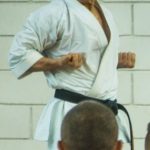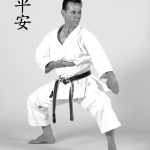
Shitoryu Karate Canada Presents: Technical Seminars and Dan Examination (Nova Scotia Region) & book signing. Conducted by A.Tanzadeh, Renshi, 7th Dan June 18th and 19th, 2016 Windsor, Nova Scotia Hosted by Shihan David Griffin Location: 4404 Highway #1, Three Mile … Continue reading























